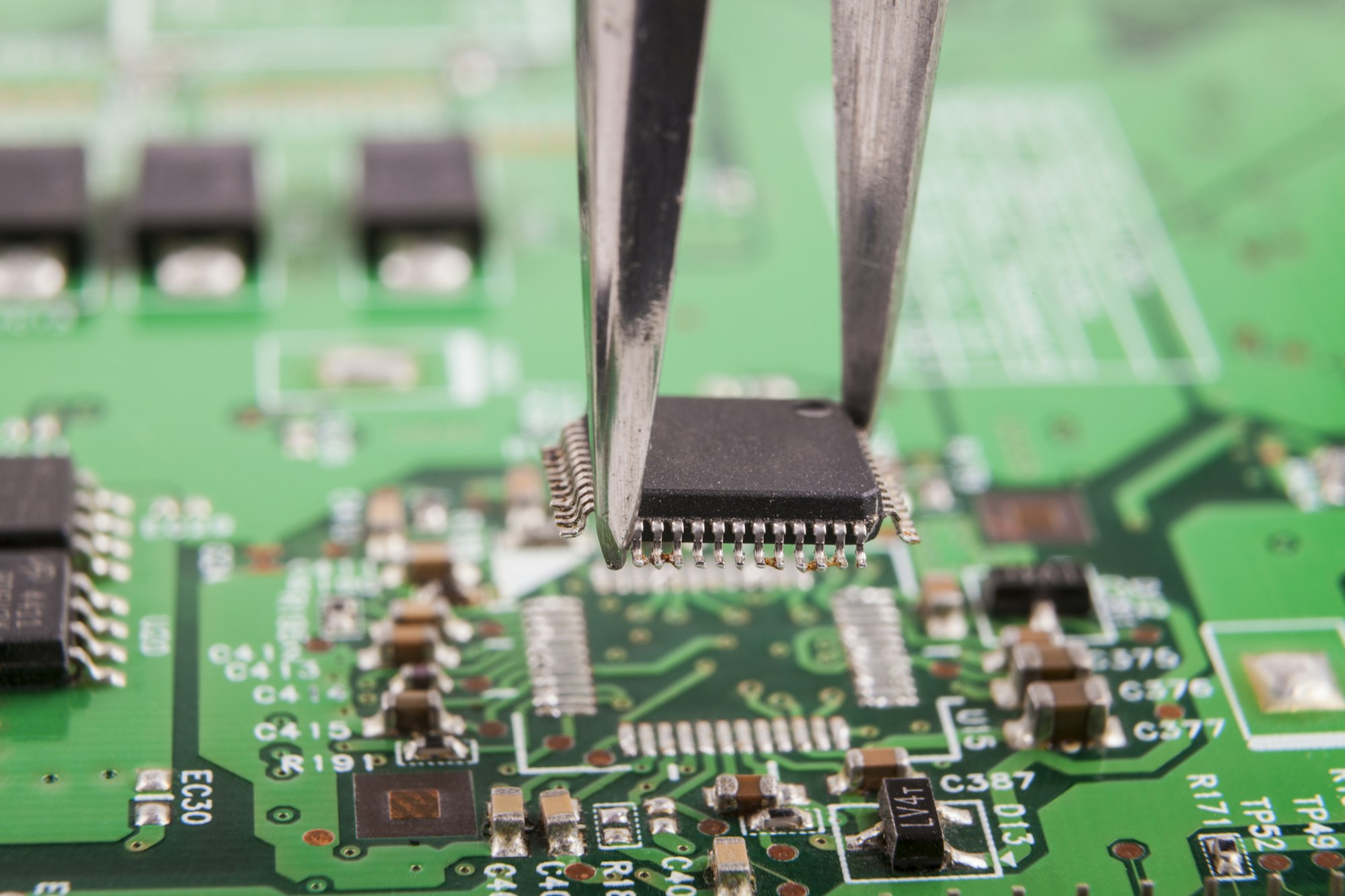Ever noticed your AC acting erratic—blowing hot air or refusing to turn on? The culprit might be hiding inside: the PCB. This tiny board controls every function. Without it, your AC is just a metal box.
PCB (Printed Circuit Board) in air conditioners[^1] acts as the system’s brain, enabling precise temperature control, energy efficiency, and error diagnostics. Its integration reduces manual operation and minimizes electrical failures.
)
Understanding how PCBs work and their role in AC systems isn’t just technical jargon—it’s key to avoiding costly repairs. Let’s break down why this component matters and how to troubleshoot issues.
Common Types of Air Conditioner PCB
Your AC’s performance depends on the right PCB type. But how do you know which one your system uses? Let’s simplify the jargon.
ACs use three main PCB types: inverter control boards[^2] (for variable speeds), compressor boards[^3] (manages refrigerant flow), and display/UI boards (handles user input). Each type serves a unique role in system operation.
)
Breaking Down PCB Types by Function
Not all PCBs are interchangeable. Using the wrong type can fry your system. Below is a comparison of common AC PCB types:
| PCB Type | Function | Key Feature |
|---|---|---|
| Inverter Control | Adjusts compressor speed for efficiency | Reduces energy consumption by 30% |
| Compressor Board | Regulates refrigerant pressure | Prevents overloading motors |
| Display/Interface | Controls user settings (timer, temp) | Touchscreen/LED interfaces |
Inverter boards dominate modern systems due to energy-saving benefits, but older units rely on simpler compressor boards. Display boards, while less critical, simplify troubleshooting by showing error codes.
Basic Requirements of Air Conditioner PCB Board
PCBs aren’t “one-size-fits-all.” Using subpar boards risks short circuits or erratic cooling. What specs should you prioritize?
Air conditioner PCBs must withstand voltage fluctuations (90-260V), operate in 140°F+ environments, and resist humidity. They also require short-circuit protection and compatibility with compressor load ratings.
)
Critical Design Standards for AC PCBs
A failing PCB often stems from overlooked specs. Here are non-negotiable requirements:
- Thermal Resilience[^4]: PCBs use fiberglass substrates to endure heat from compressors. Cheap materials warp, causing soldering failures.
- Voltage Stabilizers: Surge protectors shield microchips from power spikes during storms.
- Corrosion Resistance[^5]: Conformal coating prevents moisture damage in humid climates.
Ignoring these leads to premature failures. For example, uncertified boards may lack surge protection, costing you $200+ in replacements after a thunderstorm.
Basic Requirements of Air Conditioner PCB Board
Repeat failures? Your PCB might meet basic specs but lack secondary safeguards. Let’s dig deeper.
Advanced AC PCBs integrate self-diagnostic chips[^1], EMI filters (blocks interference), and redundant power pathways. These features prevent 70% of unforeseen breakdowns.
)
Upgraded Features for Longevity
Modern PCBs go beyond basics to address real-world hiccups:
- Self-Test Mode: Runs automatic checks at startup, flagging issues like sensor malfunctions.
- EMI Shielding: Reduces interference from Wi-Fi routers or microwaves, common in homes.
- Dual Power Inputs: If one circuit fails, the backup keeps the fan running.
While these boards cost 20% more upfront, they reduce service calls. For landlords or commercial setups, this is a no-brainer.
What Causes AC PCB to Fail?
Your AC suddenly dies on a scorching day. Was it preventable? Often, yes.
PCB failures stem from power surges (40%), dust accumulation (30%), and moisture ingress (20%). Less common causes include aged capacitors and faulty soldering.
)
Why PCBs Fail: A Costly Domino Effect
Let’s dissect major failure triggers:
| Cause | Effect | Prevention |
|---|---|---|
| Voltage Spikes | Burnt microchips | Install surge protectors[^2] |
| Dust Build-Up | Overheating resistors | Clean coils twice yearly |
| Moisture Exposure | Corroded traces | Seal electrical compartments |
Dust is stealthy—it insulates heat, slowly baking components. I’ve seen $400 boards fail because homeowners skipped annual cleaning. Likewise, water drips from clogged drains often pool near PCBs.
How Much Does AC Circuit Board Replacement Cost in America?
Sticker shock after a PCB quote? Prices vary wildly—here’s why.
Replacing an AC circuit board in the US costs $150-$700, including labor. OEM boards are pricier ($300-$700) than generic ($150-$400), but offer better compatibility and warranties.
)
Breaking Down Replacement Costs
Several factors spike PCB replacement bills:
- Brand Compatibility: Lennox or Carrier boards cost 50% more due to proprietary software.
- Labor Rates: Urban areas charge $100-$150/hour vs. $70-$90 in suburbs.
- Urgency: Emergency repairs add a $100-$200 premium.
Example: A generic board for a 3-ton Trane unit runs $220-$380, while OEM versions hit $500+. Always request itemized quotes to avoid upselling.
Conclusion
PCBs keep your AC smart—but demand proper care. Regular maintenance and certified replacements prevent 80% of breakdowns. Stay cool, stay informed.
[^1]: Understanding the role of PCBs in AC units can help you troubleshoot issues and avoid costly repairs. Explore this resource for detailed insights.
[^2]: Inverter control boards are crucial for energy efficiency in AC systems. Learn more about their function and benefits to optimize your AC performance.
[^3]: Compressor boards regulate refrigerant flow, essential for AC efficiency. Discover how they work to ensure your system runs smoothly and effectively.
[^4]: Thermal resilience is vital for preventing failures in PCBs. Discover more about its significance and how to achieve it in your designs.
[^5]: Corrosion resistance is essential for PCB durability in humid climates. Learn more about its impact on performance and protection strategies.
[^6]: Understanding self-diagnostic chips can help you appreciate their role in preventing AC failures and enhancing reliability.
[^7]: Learning about surge protectors can help you safeguard your AC from voltage spikes, prolonging its lifespan and efficiency.



